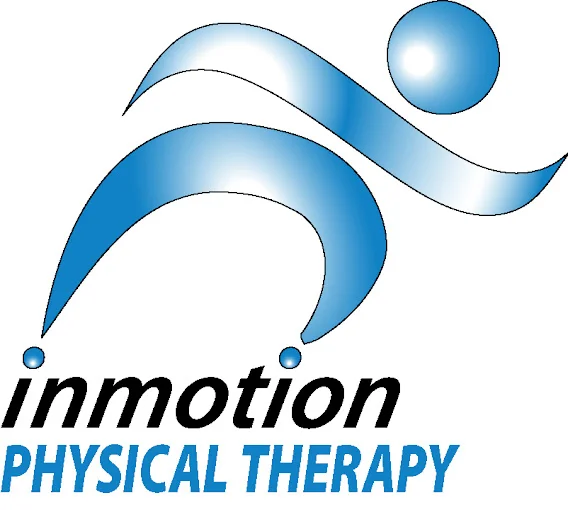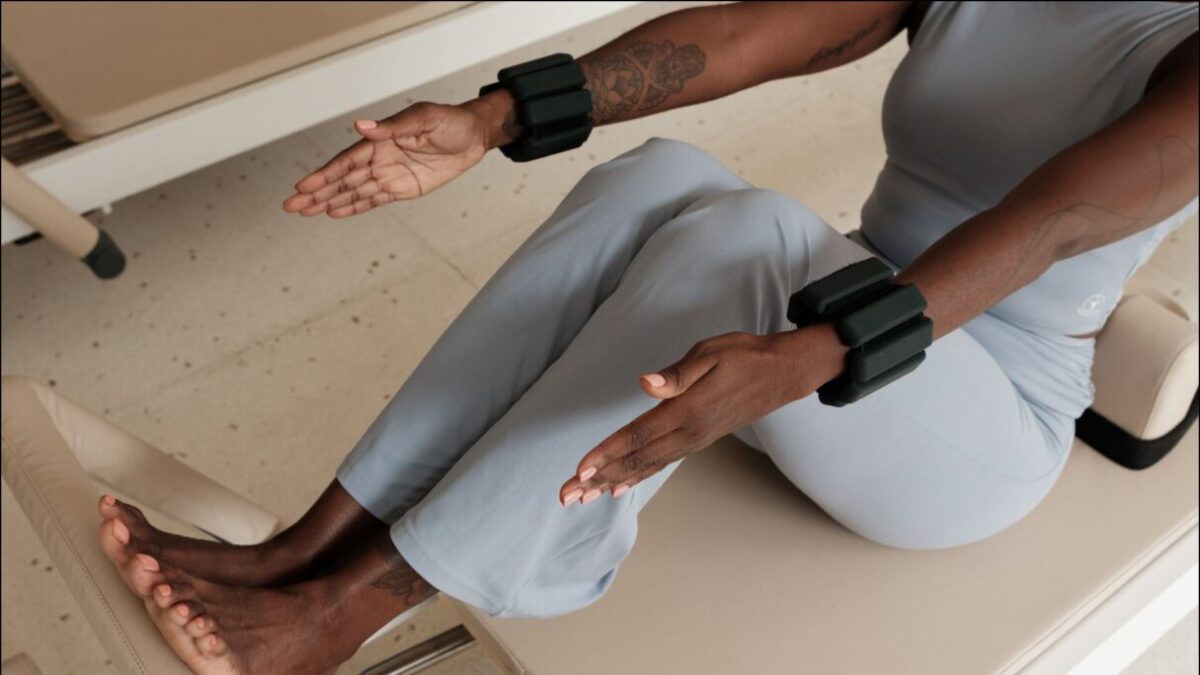Soccer players all over Long Island are in the midst of their school seasons right now. There is no rest for the weary, as their club schedules will follow closely behind. Multiple practices and games per week, often for more than 1 team puts soccer players at a high risk for injury.
This blog is going to discuss common soccer injuries, preventative measures, and available treatments.
1. Common Soccer Injuries
It’s no secret that soccer demands exceptional physical and mental endurance. Depending on their position and level of play, soccer players can run anywhere from 1-7 MILES per game. And they do this all while:
- changing direction
- accelerating/decelerating
- Dribbling
- kicking a ball
- AND making decisions about passing and defending.
Unfortunately, the demands of the sport often leads to injuries, some of which include:
Hamstring Strain: This is when you feel a “pull” and pain in the back of your thigh muscle. Hamstring strains can occur when the muscles are too tight or too weak. They usually occur when you are sprinting at top speeds or when you swing your leg to kick a soccer ball. These injuries are very challenging to fully recover from, especially in season.
About 30% of athletes who suffer a hamstring strain will experience a re-injury within a year of returning to their sport!
1 in 3 players will have a re-injury!! Unfortunately, this is something we see a LOT here at In Motion Physical Therapy of NY. One of our favorite rehab exercises is called the Nordic Hamstring. This is even better when done BEFORE injuring your hamstring.
Groin Pull: This is when you feel a “pull” and pain in the inside of your thigh. Due to the cutting and change of direction requirements in soccer, groin strains are another common injury. Improving flexibility, and hip and core strength can help prevent this type of injury.
Here is an exercise progression to help strengthen your adductor (inner thigh muscle) and core
ACL Injury: These often happen on sudden changes of direction, landing awkwardly from a jump, and less frequently a collision with another player. The ACL is responsible for providing stability to your knee joint, and once it is torn the road to recovery is a minimum of 9 months. The good news is there are a lot of studies proving that good warm-up programs PREVENT these types of injuries from happening.
Keep reading to see if you are doing a “good” warm-up.
Ankle Sprain: When you “roll” your ankle, sometimes the ligaments that support your ankle can stretch or tear. This occurs when you step on an uneven surface (or opponent’s foot), land the wrong way, or hit into another player the wrong way while kicking the ball. This type of injury can lead to chronic instability in your ankle if not treated properly. Improving your hip strength and your balance can help prevent ankle sprains.
After an ankle sprain you can have balance deficits for up to 6 months if not treated correctly!!
2. Injury Prevention for Common Soccer Injuries
Is it possible to prevent injuries on the field? Although it is impossible to prevent ALL soccer injuries, it is possible to decrease the risk of injury by taking some simple steps.
The 3 key factors in preventing injuries are:
A. Dynamic Warm Ups
Soccer is a demanding sport that requires players to be explosive, agile, and have good endurance.
A dynamic warm-up refers to moving through stretches and exercises in an active way. A good warm-up will help to prepare your body for the demands of the game and reduce your risk of injury by:
- Increasing Heart Rate
- Increase body Temperature (literally WARM UP your muscles)
- Bring players through full ranges of motion and engage their muscles correctly
These types of warm-ups are scientifically proven to reduce injuries in soccer players. Unfortunately, the number of athletes using them is very low.
The Fifa 11+ is a warm-up program designed by FIFA and when used correctly reduces injury risk in soccer players of all ages and skill levels. It is broken up into 2 parts:
- Running + Dynamic Stretches
- Strength, Balance, Plyometric Exercises (3 levels)
If you want the hand out, CLICK HERE to download the PDF.
Research like this, even shows that adherence to the FIFA 11+ even helps improve your team’s results on the field!
Less injuries, more winning- what could be better?!



